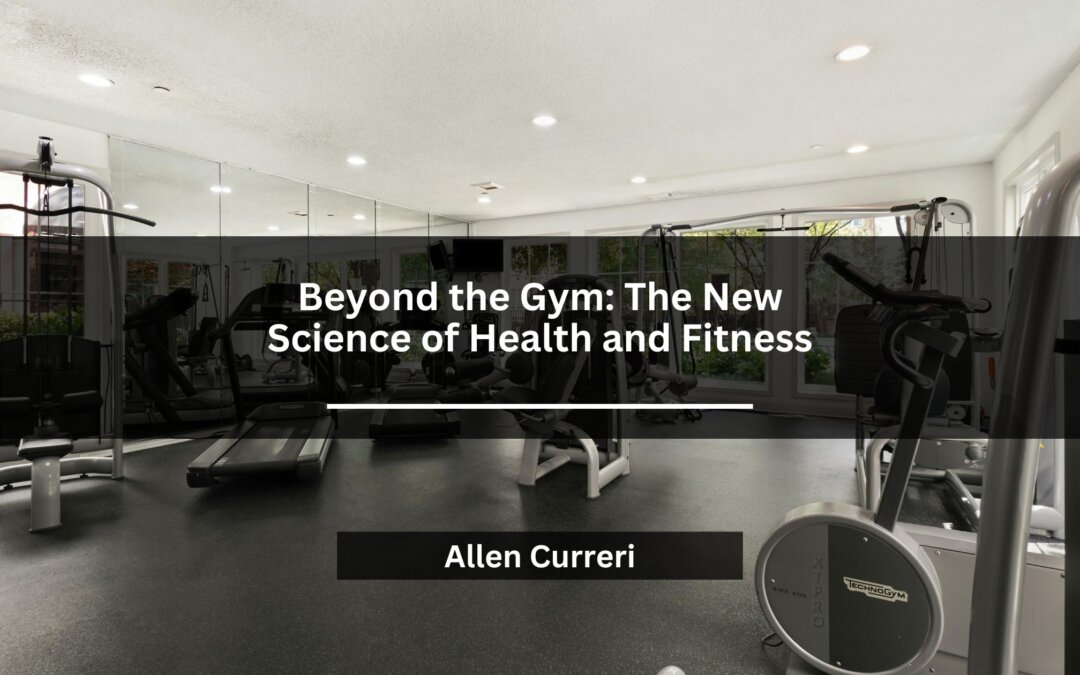
The Hidden Compliance Curve: Why Your Wellness Brand Should Care About Medical Regulations
The health and fitness industry has never been more exciting—or more regulated. As companies race to meet growing demand for wellness tech, many overlook a crucial component of product development: regulatory compliance. And trust us, it’s not just about covering your legal bases—it’s about building trust and long-term success.
Why “Just a Wellness Device” Doesn’t Always Cut It
Say your product monitors oxygen levels, heart rate variability, or blood glucose trends. You might think of it as a lifestyle tool, but regulators in both the U.S. and Europe might think otherwise. The intended use and claims you make—not just the functionality—determine whether your device is considered medical.
Even indirect suggestions like “may detect early signs of arrhythmia” can land your product in Class II territory in the U.S. or subject it to MDR scrutiny in the EU.
The U.S. Landscape: FDA Watchdog
In America, the FDA distinguishes wellness devices from medical ones based on their impact on diagnosis or treatment. If you cross that threshold—even unintentionally—you could be required to:
- Submit premarket notifications (510(k)s)
- Conduct clinical studies
- Establish a quality management system under FDA’s Quality System Regulation (QSR)
The FDA also has a growing interest in digital health tools and AI, making even software-based solutions subject to oversight.
What’s trending: Mobile apps that monitor mental health, at-home diagnostics kits, and smart biosensors are all under the microscope.
The EU Lens: MDR and Its Implications
Europe’s MDR is stricter than the U.S. in many ways. It applies not only to traditional hardware but also to software, AI algorithms, and apps that have medical functions. Even if your device collects data for wellness reasons, if that data could be used for diagnosis or decision-making, you may need to classify your device under MDR.
Key obligations under MDR include:
- Engaging with a Notified Body
- Ongoing clinical evaluation
- Creating a detailed technical file
- Meeting post-market surveillance requirements
Translation: More paperwork, more testing, and a much higher bar for compliance.
Compliance = Credibility
Navigating these regulations is not just a legal necessity—it’s a brand opportunity. A certified, compliant device earns trust from consumers, healthcare partners, and investors. It can also be a major differentiator in a crowded market.
Here’s how to get ahead:
- Hire a regulatory consultant early. Don’t wait until your prototype is finalized.
- Map your product’s regulatory risk. Build compliance into your development timeline.
- Use transparency as a brand asset. Showcase your safety certifications and compliance efforts in marketing.
Conclusion: Be Fit, Be Safe, Be Strategic
In today’s health-tech market, compliance is part of your competitive edge. Embrace it from the start, and you’ll not only avoid regulatory headaches—you’ll build a business that’s built to last.

The EU: MDR Is the New Sheriff in Town
Across the Atlantic, the Medical Device Regulation (MDR) has replaced the older Medical Device Directive (MDD) as of May 2021. The MDR significantly tightens the rules — especially around clinical data, post-market surveillance, and transparency.
Devices are also split into risk-based classes (I, IIa, IIb, III), but unlike the FDA, the EU uses Notified Bodies — independent organizations that assess conformity — to evaluate most devices, especially higher-risk ones.
The MDR puts a spotlight on clinical evaluation. You need to provide strong evidence that your device performs as intended, and you’ll need to continuously gather and assess real-world performance data.
Key Differences and Challenges
- U.S. 510(k) vs. EU Clinical Emphasis: The U.S. process can be faster for lower-risk devices due to the 510(k) route. In contrast, the EU demands more upfront clinical proof, even for moderate-risk devices.
- Labeling & UDI: The U.S. requires Unique Device Identification (UDI) for most devices. The EU does too — but their format, requirements, and databases (like EUDAMED) differ.
- Timeline: EU certification may take longer, especially with a current backlog in Notified Bodies adjusting to MDR.
Final Thoughts
Launching a medical device is no small feat — and navigating dual regulatory systems adds complexity. But with the right preparation and regional strategy, you can unlock both markets.
Whether you’re submitting a 510(k) or prepping for MDR review, remember: regulatory compliance isn’t just a box to check — it’s your passport to trust, safety, and success.

Beyond the Gym: The New Science of Health and Fitness
Health and fitness have evolved far beyond pumping iron or logging miles on a treadmill. Today, the focus has shifted to a holistic view that blends exercise, nutrition, recovery, and mental well-being—powered by technology and cutting-edge research. Let’s explore how fitness is changing in 2025 and what that means for individuals striving for healthier, longer lives.
Personalization is the New Norm
Gone are the days of one-size-fits-all workouts. With the rise of wearable tech and AI-driven apps, fitness is increasingly personalized:
- Smart wearables track everything from heart rate variability to sleep cycles, offering real-time insights.
- AI fitness coaches recommend workouts tailored to energy levels and recovery.
- DNA-based nutrition plans suggest diets aligned with genetic predispositions.
This personalization helps individuals optimize results while reducing injury risks.
Functional Fitness Takes Center Stage
The trend now is toward functional fitness—training that enhances everyday movements. Exercises like kettlebell swings, bodyweight circuits, and resistance band workouts improve mobility, stability, and balance. This shift reflects a broader focus on longevity and quality of life, not just aesthetics.
Seniors are embracing functional training to maintain independence, while athletes use it to enhance performance and reduce downtime from injuries.
The Rise of Recovery Science
Rest is no longer seen as downtime—it’s part of the training cycle. Advances in recovery science emphasize:
- Sleep optimization as the cornerstone of performance.
- Cold plunges, saunas, and compression therapy to reduce inflammation.
- Mindfulness and breathwork to manage stress, which impacts everything from muscle repair to immunity.
Elite athletes and weekend warriors alike are adopting these methods to sustain long-term fitness gains.
Nutrition Gets Smarter
Nutritional strategies are evolving with better data:
- Continuous glucose monitors (CGMs) allow individuals to see how their bodies respond to different foods in real time.
- Plant-based proteins and lab-grown alternatives support both performance and sustainability.
- Hydration science has advanced, focusing on electrolyte balance and individualized fluid needs.
Food is no longer just fuel—it’s a measurable performance variable.
Mental Fitness as a Core Pillar
The fitness industry is finally acknowledging that mental health and physical health are inseparable. Programs now integrate meditation, journaling, and even virtual reality therapy sessions to reduce stress and improve focus.
This integrated approach makes health less about chasing numbers and more about cultivating resilience.
Looking Ahead
As we look to the future, expect health and fitness to become even more data-driven, holistic, and individualized. The line between healthcare and fitness will continue to blur, with preventive strategies reducing reliance on treatment.
Final Thoughts
Health and fitness are no longer confined to gyms or fad diets. They’re about living smarter, stronger, and longer through a balance of physical training, nutrition, recovery, and mental wellness. With science and technology leading the way, the future of fitness promises not just healthier bodies, but healthier lives.
About Allen Curreri
Dr. Allen Curreri lives in Mason, Ohio. He is a clinical research expert with decades of professional experience. He is a talented professional with versatile experience, but foremost, he is a community member.
Allen Curreri has been working as the Principal Investigator and Senior Medical Writer at a clinical research group. He joined the company in 2017.
He is responsible for writing and collaborating on various medical device and pharmaceutical writing projects, such as CTDs, protocol amendments, and briefing documents. He enjoys his role mentoring and managing junior medical writers.
Responsible for reviewing the clinical data of new medical devices and therapeutic drugs, he then prepares documents for submission to the FDA. His expertise in various therapeutic areas, such as oncology, orthopedics, and cardiovascular, makes him an ideal fit for his position.
Besides his commitment to his important work, Allen considers it a personal responsibility and a privilege to serve his community in every way possible. Plus, Allen knows how to have fun getting his hands dirty for a good cause! As a family man, he is particularly drawn to the work of United Way, where he has been a loyal volunteer for over fifteen years and counting. With United Way, Allen focuses on creating self-sustaining progress and strong communities. The mission? Filling the most vital gaps and providing for the most fundamental unmet needs: health, income, and education.
A long-time running and marathon enthusiast, you can often find Allen on the paths and tracks around his home, training for his next challenge. Nothing is more satisfying than taking care of yourself while working for others. Allen Curreri believes in getting out on the streets and running for a good cause in fundraisers and charity marathons.

Career Background
In 2017, Allen Curreri’s presentation was selected for presentation at the 2017 Annual Conference by the Academy of Management (AOM) – his topic was Mindfulness, Information Technology Use, and Physicians’ Performance in Emergency Rooms. Allen also maintains professional membership with multiple organizations, including the Medical Affairs Professional Society, the Regulatory Affairs Professional Society, the Society of Clinical Research Associates, and the Clinical Research Society, as well as the American Medical Writers Association and the Association of Clinical Research Professionals.
As a Clinical Research Expert, Allen Curreri has established expertise in multiple areas; these areas of skill include complex data analytics, literature review, clinical research management, clinical trial management, writing project management, regulatory affairs, regulatory writing, and medical writing. He holds his Ph.D. from Case Western Reserve University, his MBA from Georgia Southern University, and his Bachelor’s Degree from Dalton State College.
